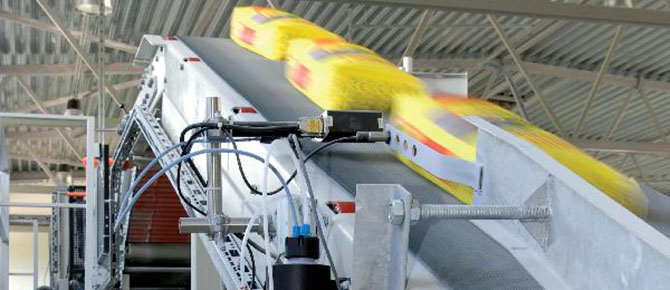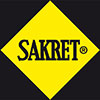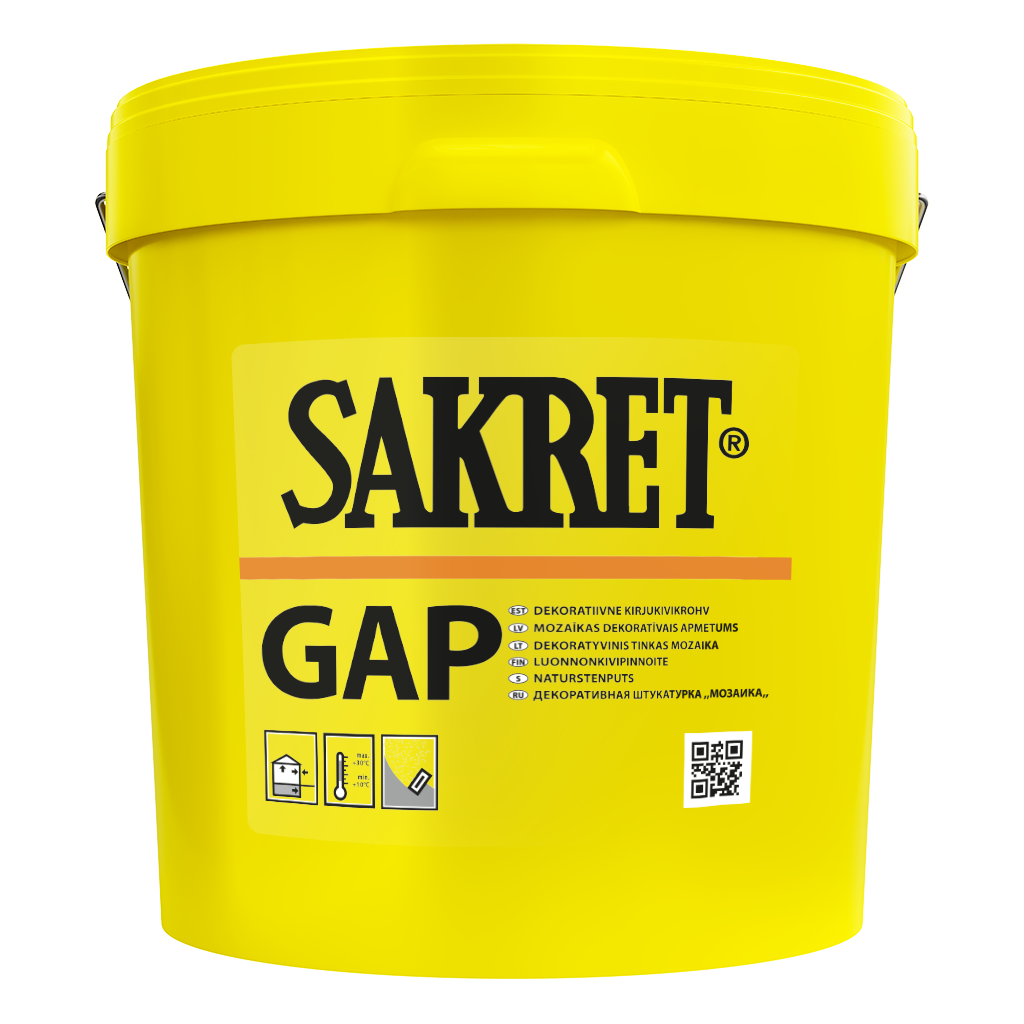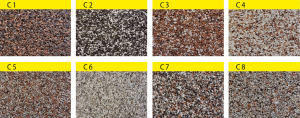GAP / Ready-made mosaic decorative plaster
- For internal and external works;
- For decorative plastering on various vertical parts and elements of buildings;
- Used building plinths (including insulated ones), columns, walls, etc. for decorative decoration;
- For processing manually and mechanized.
Processing
Qualities:
- Resistant to weather conditions;
- High resistance to fading;
- The colour of granite does not change during usage, which does not require repainting;
- Resistant to dirt, the surface is easy to clean;
- Resistant to the formation of colonies of microorganisms;
- Abrasion resistant;
- Ready to use;
- Solvent free.
- Four granite bases and eight shade combinations are available.
Preparation of the base:
- The base must be dry, firm and without cracks. Clean the base from less durable and/or separable layers, as well as from dust, dirt, oils, paint residues, etc. dirt that reduces adhesion or dirt that changes the colour of decorative plaster;
- Intended for application on stable mineral bases - concrete and cement-based plasters (plasters class CS II, CS III and CS IV);
- Wood chips, fibre boards are additionally primed with SAKRET UG concentrate;
- Gypsum board and plaster bases are additionally primed with SAKRET UG diluted with water in a ratio of 1:5 or SAKRET BG;
- Use surface levelling SAKRET plasters, fillers or repair compounds to repair uneven and damaged bases;
- Before applying SAKRET GAP, the surface must be primed with SAKRET QG primer. Under dark shades, we recommend tinting the primer accordingly.
Processing:
- The plaster must be mixed before use;
- For mixing, use a mixer with 600 turns per minute;
- Apply, with a stainless-steel trowel held at an angle, plaster aggregates in grain thickness. After application, the surface is smoothed;
- Plaster must not be structured by rubbing!
- Development temperature +10°C to +25°C. At a temperature of +20 °C and 65% relative air humidity, the GAP surface is dry to the touch after 24 hours. Completely dry and can be loaded after 2-3 days.
- Plaster dries physically, i.e., with the formation of a dispersion film and the evaporation of water. If the air temperature is low and the humidity level is high, the drying time will be longer;
- Plaster cannot be applied to walls that are exposed to intense sunlight during treatment;
- Do not use on surfaces and structures that have damaged horizontal and vertical waterproofing and are exposed to constant and long-term exposure to water;
- During drying, the plastered surface must be protected from rain, strong wind and too rapid drying, which can cause visual and mechanical damage to the plaster;
- The humidity of the surface should be ≤2%.
Consumption:
Grain size Consumption
1 mm 3.5 – 4.0 kg/m2
3 mm 6.8 – 7.0 kg/m2
Less consumption during application means an insufficient thickness of the layer, which after drying can expose the base and create an unesthetic appearance of the surface.
Tehnical data
| Chemical composition | Form | Specific weight | Solids content, % | Size of big grains, mm | pH | Consumption |
|---|---|---|---|---|---|---|
| Akrila dispersija, granīta graudi, sabiezinātāji un reoloģiskās piedevas | Paste type | 1,85 ±0,05 | ~72 | 0,6-1,2; 1-3 | 6,5-7,5 | 3,5-4,0; 6,8-7,0 kg/m² |








